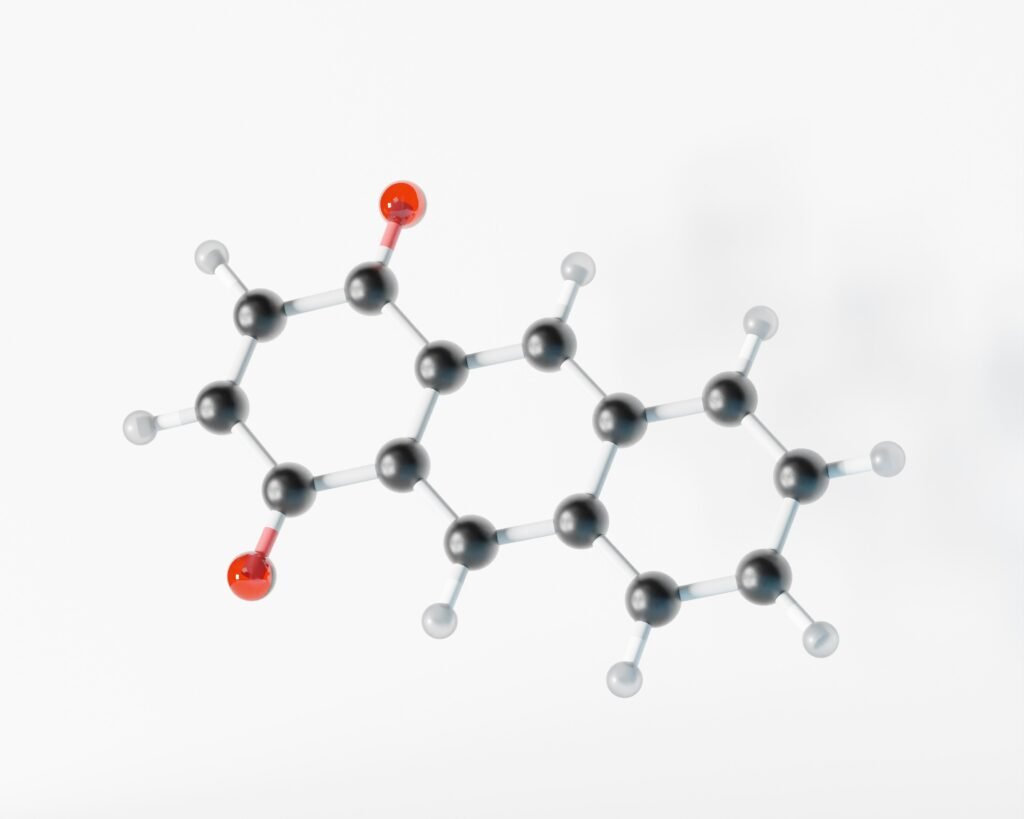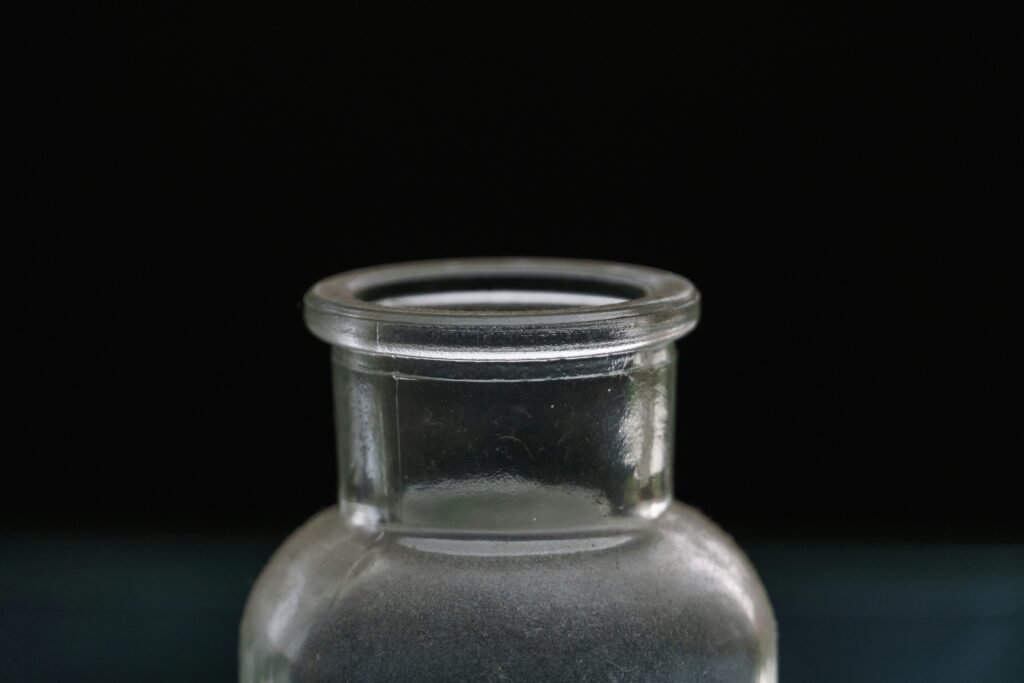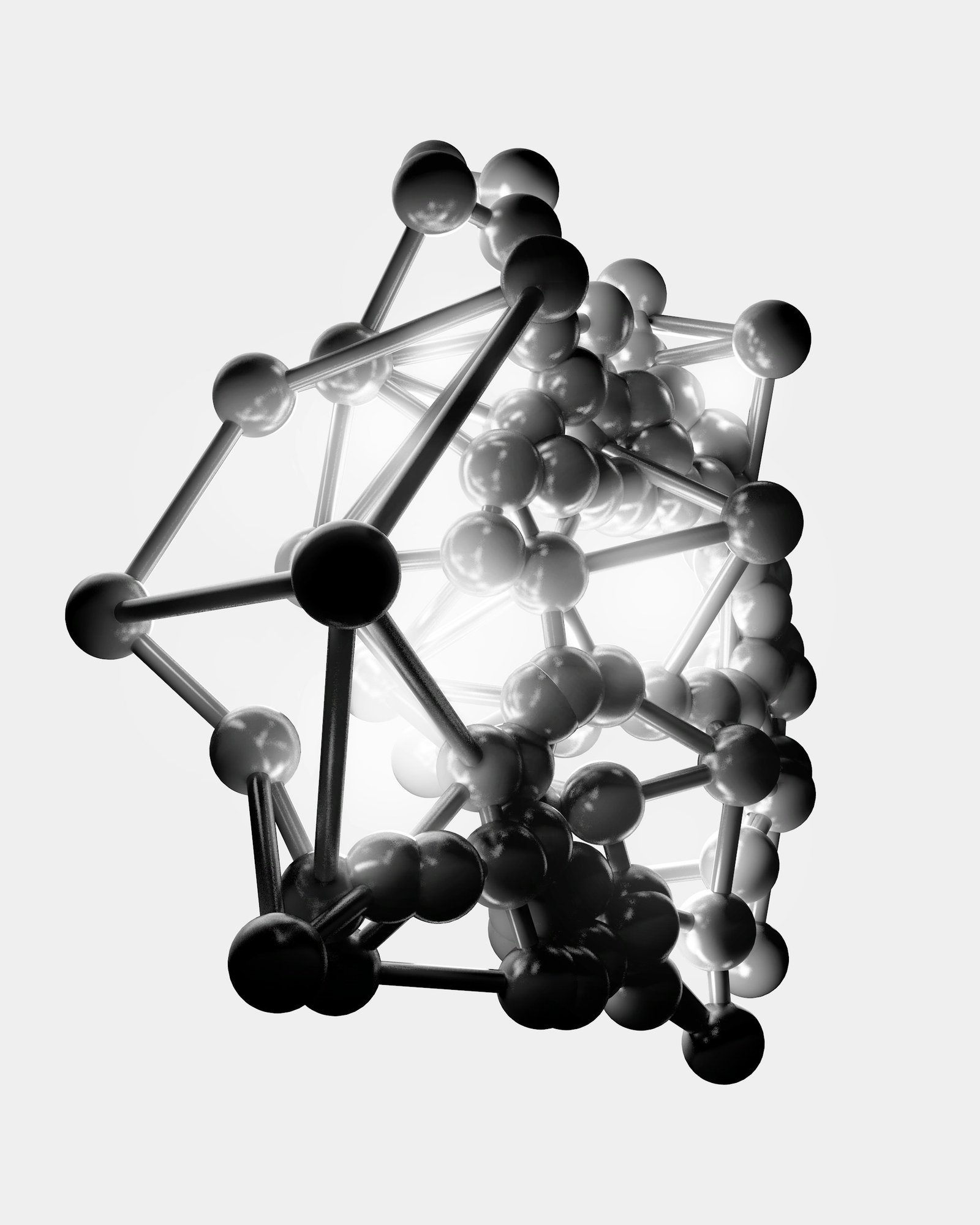What if the way your body responds to cold water could be changed by a gas? Yes, you read that correctly. nitric oxide, often viewed merely as a signaling molecule, plays a crucial role in how your body adapts to cold water exposure. Whether you’re an enthusiastic cold-water swimmer, a regular ice bath aficionado, or just someone curious about how cold environments affect your physiology, understanding nitric oxide can elevate your grasp of these experiences.

What Is Nitric Oxide?
Let’s start with the basics. Nitric oxide (NO) is a colorless gas that humans produce naturally. It’s not just an ordinary gas; it functions as a signaling molecule in various biological processes. When you think of it, it’s like having a hands-free communicator in your body, telling different systems when to act and how to respond. This is significant because it plays roles in everything from blood flow to immune responses.
How Is Nitric Oxide Produced?
You might wonder how your body goes about producing this important gas. It’s synthesized from the amino acid L-arginine through an enzyme called nitric oxide synthase (NOS). There are three main forms of this enzyme:
- eNOS (endothelial NOS): Found in blood vessels.
- nNOS (neuronal NOS): Found in nerve cells.
- iNOS (inducible NOS): Responds to inflammation and pathogens.
When cold water hits your body, these enzymes kick into action, ramping up nitric oxide production. Cool, right?
The Physiology Behind Cold Water Adaptation
So, what does all this mean for your body when you’re exposed to cold water? Cold exposure triggers a cascade of physiological responses. Your body must adapt to maintain homeostasis, and nitric oxide plays a pivotal role in this.
The Cold Shock Response
Immediately upon entering cold water, you experience a reaction known as the cold shock response. This includes increased heart rate, hyperventilation, and a sudden surge of adrenaline. This is your body’s way of protecting itself from the shock of cold temperatures. Nitric oxide comes into play, facilitating blood flow and oxygen delivery to your vital organs, helping you to stabilize faster.
Vasodilation and Blood Flow
One of the remarkable properties of nitric oxide is its ability to induce vasodilation, which means it makes your blood vessels expand. When you’re in cold water, your body works hard to preserve heat by constricting blood vessels in the periphery. However, as you acclimatize, nitric oxide helps to dilate these vessels, allowing for better blood circulation. This is crucial for preventing the onset of hypothermia and improving your overall endurance in cold water.
| Response | Cold Shock | Adaptation |
|---|---|---|
| Heart Rate | Increased | Stabilized over time |
| Blood Vessel Response | Constriction | Dilation via nitric oxide |
| Oxygen Delivery | Limited initially | Enhanced with adaptation |
Improving Oxygen Utilization
When your body is in cold water, the combination of cold shock and subsequent adaptation tests your oxygen utilization. Nitric oxide on the scene helps improve the efficiency of your mitochondria, the powerhouses of your cells, allowing you to use oxygen more effectively. This can enhance your performance, allowing you to stay in the cold longer while feeling less fatigued.
Benefits of Cold Water Adaptation
As you engage in regular cold water exposure and, consequently, more nitric oxide production, you can expect several benefits. Here’s a breakdown:
Enhanced Recovery
Cold water immersion has been widely appreciated for its role in recovery post-exercise. The increased production of nitric oxide can reduce muscle soreness and promote quicker recovery. It also helps reduce inflammation and oxidative stress which are often heightened after intense workouts.
Immune System Boost
Cold exposure can stimulate your immune system, and nitric oxide is part of the signaling pathway that enhances immune responses. Improved circulation and increased activity of white blood cells lead to a more robust immune defense, potentially reducing the risk of illnesses.
Mental Resilience
Adaptation to cold water also fosters mental toughness. While nitric oxide alone might not be responsible, the entire process of adaptation equips you with better mental resilience, allowing you to face life’s challenges with greater ease.
Improved Mood and Well-being
Cold water exposure is linked to the release of endorphins. While nitric oxide helps in various physiological functions, its release also stimulates the production of other neurotransmitters that contribute to a sense of well-being. It’s not just your body that benefits; your mind does too.
Mechanism of Action of Nitric Oxide
Understanding how nitric oxide functions within your body can give valuable insights into its importance in cold-water adaptation.
Cellular Signaling
At the cellular level, nitric oxide serves as a key signaling molecule. It activates various pathways that can lead to increased blood flow and improved oxygen delivery. This signal is especially crucial during cold-water acclimatization, as it prepares your body to handle lower temperatures.
Interaction with Other Signaling Molecules
Nitric oxide interacts with other important signaling molecules like prostaglandins and cyclic guanosine monophosphate (cGMP). This interaction plays a vital role in regulating vasodilation and improving blood flow. The collaboration between these molecules makes your body well-equipped to handle cold stress.
NADPH and the Nitric Oxide Pathway
A notable precursor in the production of nitric oxide is NADPH, which acts as a reducing agent. As your metabolism ramps up during cold exposure, increased NADPH levels can help synthesize more nitric oxide, creating a beneficial feedback loop that enhances adaptation.
| Molecule | Function |
|---|---|
| Nitric Oxide (NO) | Signaling molecule; vasodilation |
| Cyclic GMP (cGMP) | Mediates effects of NO on blood flow |
| Prostaglandins | Promotes inflammation & healing |
| NADPH | Source for nitric oxide production |

Practical Applications of Nitric Oxide and Cold Water Adaptation
Now that you understand the role of nitric oxide in cold water adaptation, it’s practical to consider how you can harness this knowledge.
Cold Water Exposure Techniques
You can start incorporating cold water exposure into your routine through methods such as:
- Cold Showers: Start with mild exposure and gradually decrease the temperature.
- Ice Baths: Engage in ice baths post-exercise for recovery.
- Swimming in Cold Water: Natural bodies of cold water are excellent for building tolerance.
Dietary Considerations
Certain dietary choices can help support nitric oxide production. Foods rich in nitrates, such as beets, spinach, and arugula, can enhance nitric oxide levels. Consuming these foods can be a part of your nutrition strategy to improve cold adaptation.
| Food | Nutrient | Benefit |
|---|---|---|
| Beets | Nitrates | Increases nitric oxide production |
| Leafy Greens | Nitrates | Promotes vasodilation |
| Dark Chocolate | Flavonoids | Supports circulation and improves endurance |
Supplements for Nitric Oxide Boost
If you’re looking beyond food, there are supplements designed to increase nitric oxide levels. Common supplements include:
- L-arginine: An amino acid that’s a direct precursor to nitric oxide.
- L-citrulline: Converts to L-arginine in the kidneys, leading to a sustained nitric oxide boost.
- Beetroot Powder: Concentrated nitrates to enhance tactics for cold exposure.
Risks and Considerations
While cold water adaptation and nitric oxide have numerous benefits, it’s important to consider potential risks. Overexposure to cold can lead to hypothermia or other physical stresses. It’s essential to gradually acclimatize your body to cold water and always pay attention to your comfort and safety levels.
Start Small
Don’t jump straight into extremely cold water; allow your body time to adapt. Start with cooler temperatures and progressively work your way down as your tolerance increases.
Listen to Your Body
If you notice excessive shivering, confusion, or numbness, it’s crucial to get out of the cold water immediately and warm up. Being mindful of your body’s signals is vital for a safe experience.
Consult Health Professionals
If you have underlying health conditions, particularly cardiovascular issues, consult with healthcare professionals before engaging in cold water exposure. They can provide tailored advice based on your individual health needs.

Conclusion
Nitric oxide is much more than just a signaling molecule; it plays a pivotal role in your body’s ability to adapt to cold water exposure. From enhancing blood flow to boosting your immune system, the effects of nitric oxide resonate throughout your body as you acclimatize to the chill. By understanding its significance, you can make informed decisions about your cold water practices, nutrition, and overall health.
As you venture into the world of cold water, remember the incredible science happening within you. The next time you plunge into chilly depths, take a moment to appreciate how this gas works to keep you warm, safe, and invigorated. Happy splashing!

